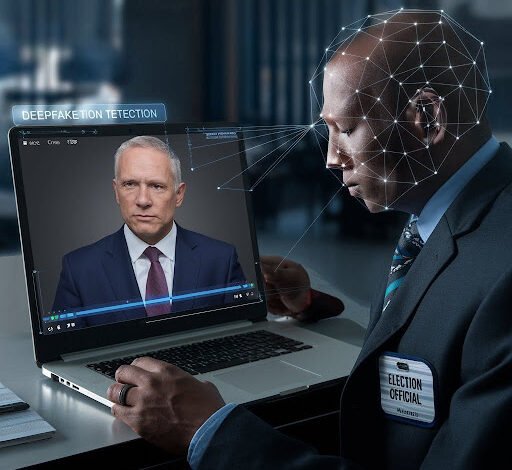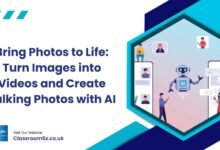Deepfake Detection – Its Role in Preventing Those During Elections

Deepfakes are computational manipulations of images, films, and audio produced to make someone look like someone else. By employing deepfakes, the user can get someone to say something they never stated. Deepfakes are made to influence the audience, disseminating false information, and achieving other negative goals. Even though they can be harmful, deepfakes are utilized for a variety of artistic goals in media and movies. The methods used are face swapping, voice mimicking, and behavior mimicking. Besides, deepfake detection services are provided to prevent any potential fraud and scams happening online. Sensitive information on the systems of people who work online must be secured against cybercriminals. Therefore, the technologies and detecting techniques contribute to a safe and healthy work environment and reduce instances of harassment. In this sense, deepfake check offers cutting-edge services to guarantee consumers’ wholesome interactions.
Is It Possible For A Person to Detect a Deepfake Manually?
Several factors can contribute to the detection of a deepfake by using any technology or software. But if there is a need or urgency to decide whether the image or a video is a spoof, then there are numerous things that can be noticed in that particular deepfake such as:
- Since faces undergo the majority of the changes in any image or video, it is crucial to pay attention to the faces.
- Another option is to search for indications of aging. From a different perspective, the same face may appear youthful with wrinkles in some places.
- The age of the hair and the age of the face are contrasted. In a picture or video, both ought to be the same.
- If the shadows show up at the anticipated locations, one can search for them.
- Whether or not it varies with movement, the glare of the glasses is also visible in a video.
- Other things that can be noticed include blinking, smiling, muscle contraction while doing so, and lip-synching while speaking.
Use of Deepfakes in Politics
During elections, AI deepfakes help to jumble the fine distinction between fact and fiction. During political campaigns, impersonating candidates could mislead voters or alter public opinion. A deepfake video, for example, can depict a candidate making derogatory statements, raising concerns about the honesty of the speaker. It is especially dangerous during an election season when disinformation can quickly sway public opinion. However, it is still unclear if regulating political deepfakes would violate free speech or if limitations are necessary to maintain election transparency and fairness.
What Preventions Can Be Made to Avoid This Inconvenience During Elections?
Protecting democracy becomes more difficult as deepfake election dangers become more apparent. As a result, governments and electoral commissions discuss how to control this technology globally. AI deepfakes during elections have the potential to undermine the foundations of confidence in the political process in addition to influencing how the public views certain candidates. Election integrity protection requires preventive measures, such as more stringent regulations against online disinformation and real-time political deepfake checks. However, these actions must be evaluated in light of the principles of free speech, which society should view as a constant challenge.
Besides, there is a delicate line between free speech and misinformation. While political expression is allowed, people must pay attention to the harm that deepfakes can cause to democratic processes. Implementing technologies like liveness detection can help authenticate genuine content, protecting elections without compromising free expression a delicate balancing act in judgment.
Advantages of Using Deepfake Detection Technology
With deepfake prevention, there are numerous benefits, including protecting the user’s data.
- A personal account can be accessed by any anonymous user, who may then abuse it.
- However, deepfake spotting is quite useful for identifying a fake image or a video.
- Data validation also involves online deepfake detection. Deepfake identification ensures that the client or consumer is real in industries like healthcare, legal, and finance.
- Identity theft brought on by false identities is effectively prevented by this technology. Such fraud can occur online, in banks, and in the educational sector.
Conclusion
Thus, people will need to learn how to recognize deepfakes and the importance of double-checking information before disseminating it. People may find it simpler to spot false information if detecting tools are easily accessible and easy to use. Deepfake detection online tools are also available to verify the authenticity of audio and video information, which would increase trust in digital media.














